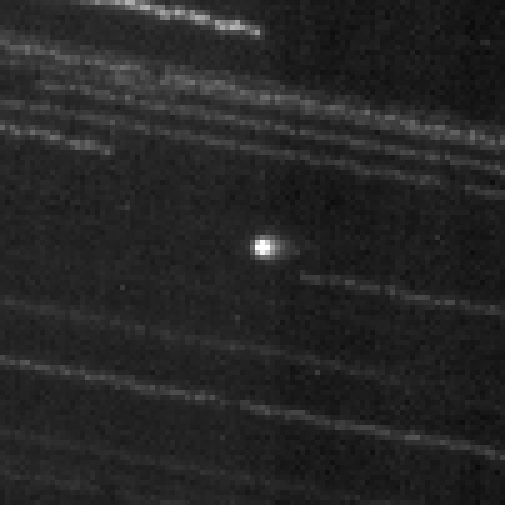Disappointing news today from Dr. Mike A’Hearn, Principal Investigator of the EPOXI mission, which has been using the repurposed spacecraft from the Deep Impact mission to study comets. The spacecraft was going to take some much-anticipated images of Comet ISON, but apparently a communication problem has occurred and the images may have been lost or possibly never taken.
“We have not received any of our expected observations of comet ISON due to a spacecraft problem,” A’Hearn wrote in an update on the EXPOXI website. “Communication with the spacecraft was lost some time between August 11 and August 14 (we only talk to the spacecraft about once per week). The last communication was on August 8. After considerable effort, the team on August 30 determined the cause of the problem. The team is now trying to determine how best to try to recover communication.”
No additional information was provided about the cause of the problem, however.
The Deep Impact mission intentionally crashed an impactor into comet Tempel-1 on July 4, 2005. Since then, EPOXI — the name comes from two combined missions to re-use the observing spacecraft, the Extrasolar Planet Observations and Characterization (EPOCh) and the Deep Impact Extended Investigation (DIXI) — has gone on to study comet Hartley 2, performing a close fly-by in 2010, studied C/2009 P1 (Garradd) in 2012, and has continued to be used as a remote observatory for studying comets.
EPOXI took images of Comet ISON on January 17, 2013, showing that the comet’s brightness varied on a timescale of hours (see the video above). There was another observing window from mid-February to March 8, where the team took infrared images of the comet.
The additional observing window from early July to early September is the timeframe for which there was a communication problem, and A’Hearn didn’t specify if any early images were received from the spacecraft, although he said they had “not received any of our expected observations.”
We’ll provide more information when it becomes available.

